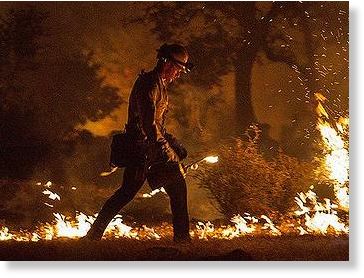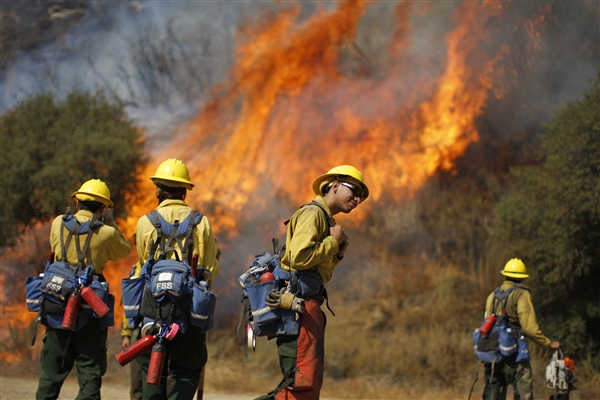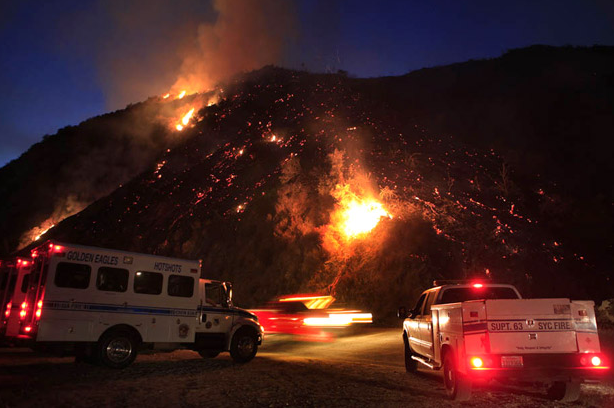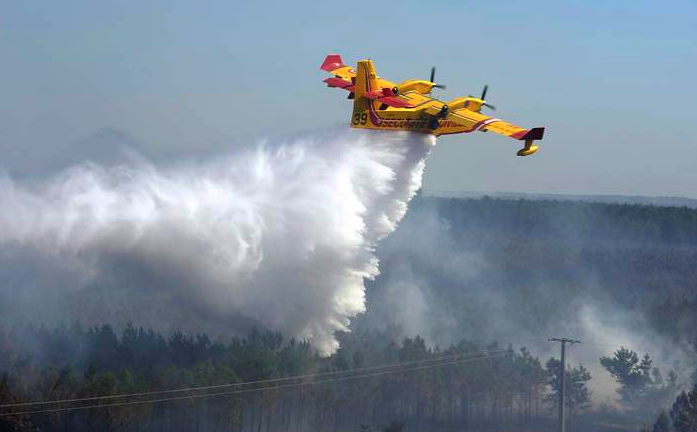
© CalFireFirefighter at the Ponderosa Fire, August 20, 2012
Sacramento, California - Wildfires that have destroyed homes, forced evacuations and caused road closures prompted California Governor Jerry Brown to issue an emergency proclamation today for three northern California counties at their request.
"I find that conditions of extreme peril to the safety of persons and property exist due to the fires in the counties of Plumas, Shasta, and Tehama," the governor said in his proclamation. "The fires have destroyed residences and threaten thousands of homes and other structures, causing residents to be evacuated, roads to be closed, and emergency shelters to be opened."
The Ponderosa Fire near Manton in Tehama County has now burned 24,323 acres and is 50 percent contained. The fire was started by lightning on August 18 and has spread to neighboring Shasta County.
Thousands of people have been ordered to leave their homes as the blaze in thick forest threatens rural communities. About 3,500 homes in an area along the border of Tehama and Shasta counties are threatened as the fire continues to expand.
On Saturday, the Shasta County Sheriff's Office closed Highway 44 between Shingletown and Viola and evacuated area residents from at least 700 homes. Since then, security details have been patrolling the evacuated areas and will remain until the residents are allowed to return to their homes.
"At this time it is too early to speculate when Highway 44 road closure will be lifted," the Shasta County Sheriff's Office said this morning. "Law enforcement and fire personnel are evaluating the fire. We are looking at the weather and safety conditions hour by hour in hopes to allow the residents to return to their homes safely."
"Resources are stretched thin and fire suppression activities are still in effect," said the sheriff's office. "We do not want to lift closures prematurely and open up the area with unsafe conditions."



Comment: Arson or not, they need a scapegoat to distract people from realising that the enormous cutbacks in public services are largely to blame:
Cuts blamed for deaths caused by devastating Spanish wildfires